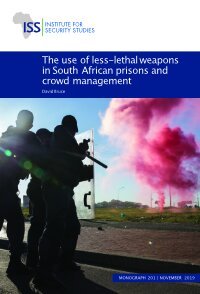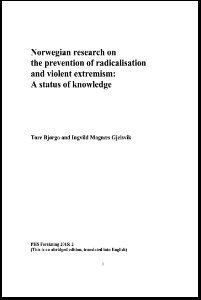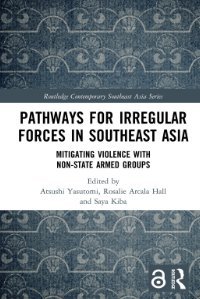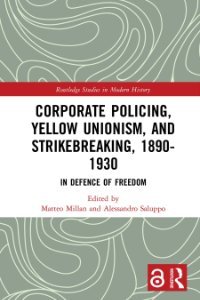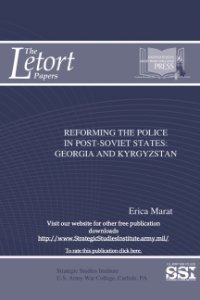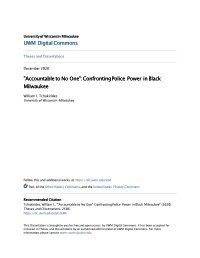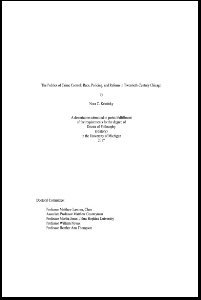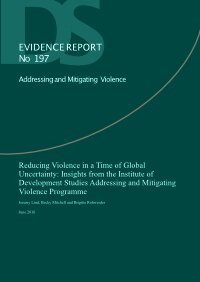By Fabien Jobard and René Lévy
French residents of immigrant origin, particularly those of North African and sub-Saharan African background, have long complained that police single them out for unfair, discriminatory, and unnecessary identity checks. If these perceptions are true, it means that French police are engaged in “ethnic profiling.” That is, police officers are basing decisions about who may be suspicious on the basis of the color of their skin or their assumed ethnic identity rather than on the basis of their individual behavior. In 2007, the Open Society Justice Initiative launched a study to examine whether and to what extent law enforcement officers stop individuals based on their appearance. This study was conducted in collaboration with Fabien Jobard and René Lévy, researchers with the National Center for Scientific Research (Centre National de la Recherche Scientifique) in France. The study was carried out under the technical supervision of Lamberth Consulting. Examining five locations in and around the Gare du Nord and Châtelet-Les Halles rail stations, all important transit points in central Paris that are also the sites of heavy police activity, Profiling Minorities : A Study of Stop-and-Search Practices in Paris gathered data on police stops carried out by National Police and Customs officers, including information on the ethnicity, age, gender, clothing, and bags carried by the persons who were stopped. This study, which generated unique information on over 500 police stops, is the first to gather the quantitative data necessary to identify and detect patterns of ethnic profiling in France. The study confirmed that police stops and identity checks in Paris are principally based on the appearance of the person stopped, rather than on their behavior or actions. Persons perceived to be ethnic minorities were disproportionately stopped by the police. The results show that persons perceived to be “Black” (of sub-Saharan African or Caribbean origin) and “Arab” (of North African or Maghrebian origin) were stopped at proportionally much higher rates than persons perceived to be “White” (of Western European origin). Across the five observations sites, Blacks were overall six times more likely than Whites to be stopped by police ; the site-specific rates of disproportionality ranged from 3.3 to 11.5. Arabs were generally 7.6 times more likely than Whites to be stopped by the police, although again, the specific rate of disproportionality across the five locations ranged from 1.8 and 14.8. Follow-up interviews with the individuals who were stopped also suggest that these two groups regularly experience far more police stops than Whites.
New York: Open Society Institute, 2019. 82p.







